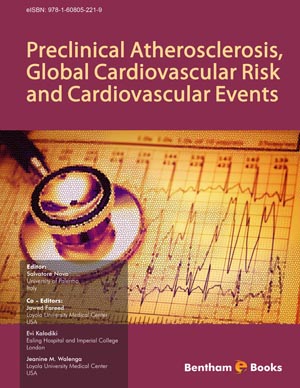Abstract
The clinical symptoms of ATS are the “late” results of a slowly-progressing inflammatory process, that has began a long time before. "Preclinical ATS" is an early stage of this process and is characterized by minimal damage, potentially susceptible to correction. Furthermore, pre-clinical ATS (assessed by using multiple described approaches) involves a multifocal disease. For example, IMT is associated to the detection of endothelial dysfunction, to the coronary and peripheral atherosclerotic manifestations. The early carotid involvement (in spite of the slow development of lesions in other peripheral arteries) is probably due to the characteristics of the carotid flow. A reduced ABI is independently related to the presence of increased IMT and multifocal ATS. Then, it is a marker of both coronary and carotid ATS. The reduction of FMD is an “index of extension” of CAD (i.e.: one, two or three vessel involved) at the coronary angiography. A FMD lower or equal to 4.5% is a valid marker of CAD.
Keywords: Slowly-progressive inflammatory process, preclinical atherosclerosis, multifocal atherosclerosis, relationship between peripheral and coronary artery disease






















